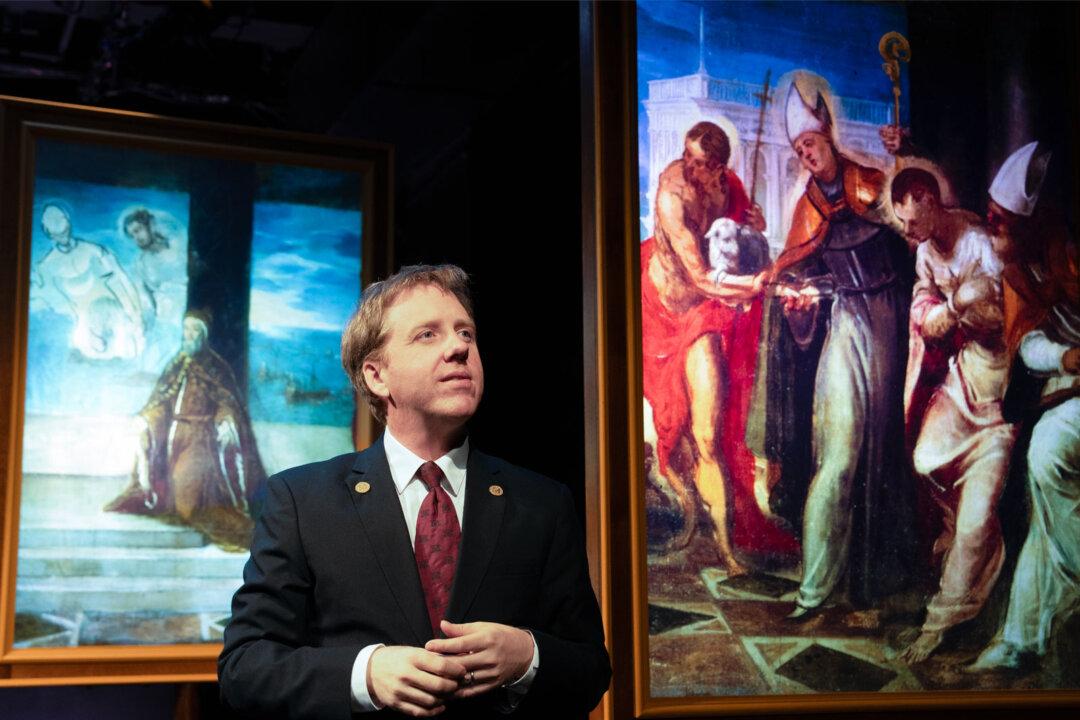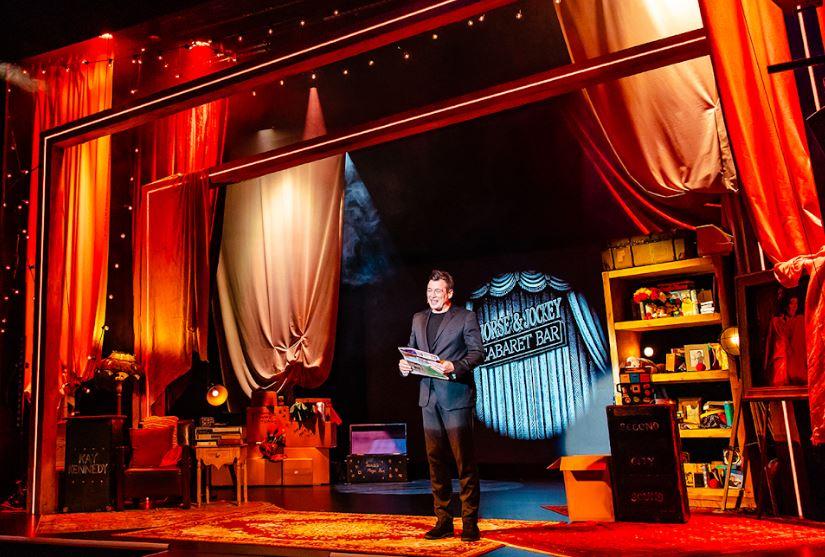NEW YORK—To some, working as a museum guard may seem a mind-numbing task, one that includes 12-hour standing shifts. In his one-person show, “All the Beauty in the World,” Patrick Bringley explains why he chose this career path and what he found there. Written and performed by Bringley and based on his bestselling novel of the same name, the play can currently be seen at the DR2 Theatre.
After the loss of his older brother due to cancer, Bringley, then 22 years old and working at New Yorker Magazine as a greeter and gofer, felt the need to find a job where he wasn’t always jumping from one assignment to another. He wanted a place where he could, in effect, learn to stand still. His search led him to New York City’s Metropolitan Museum of Art, where, after an initial probationary period, he was assigned to one of the numerous exhibits on display. His job as a guard? To observe what he sees in silence.





